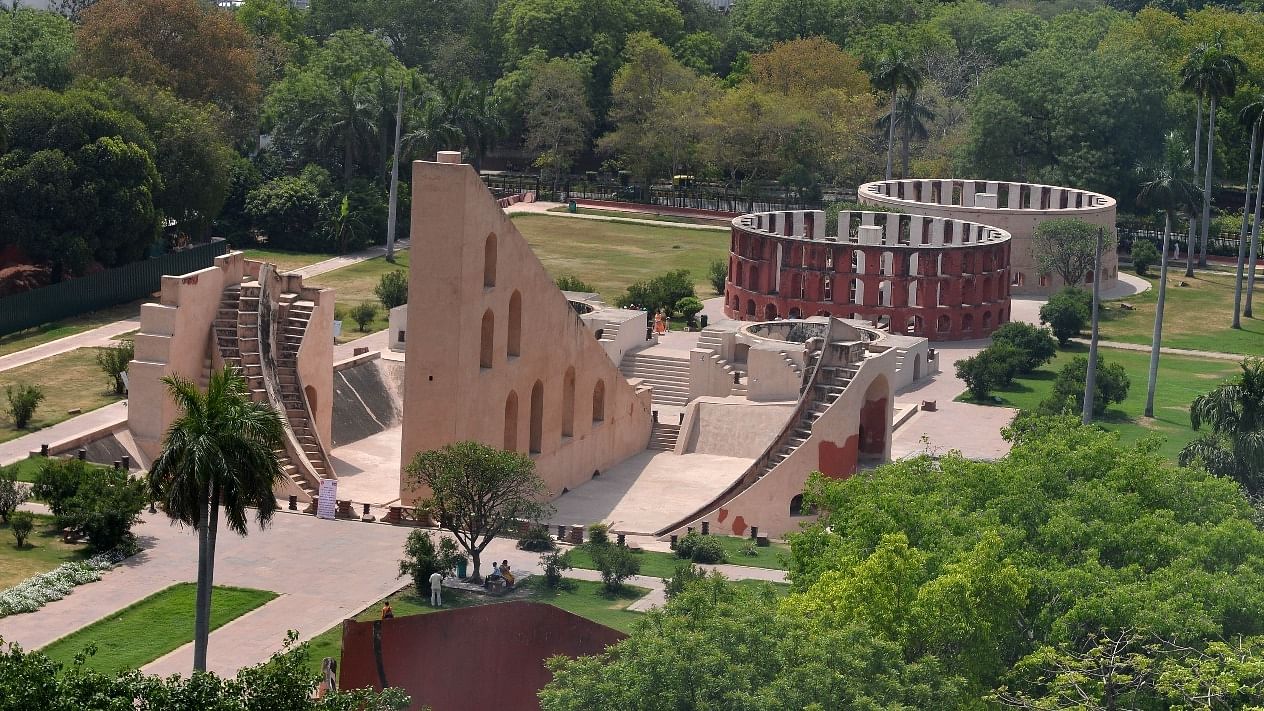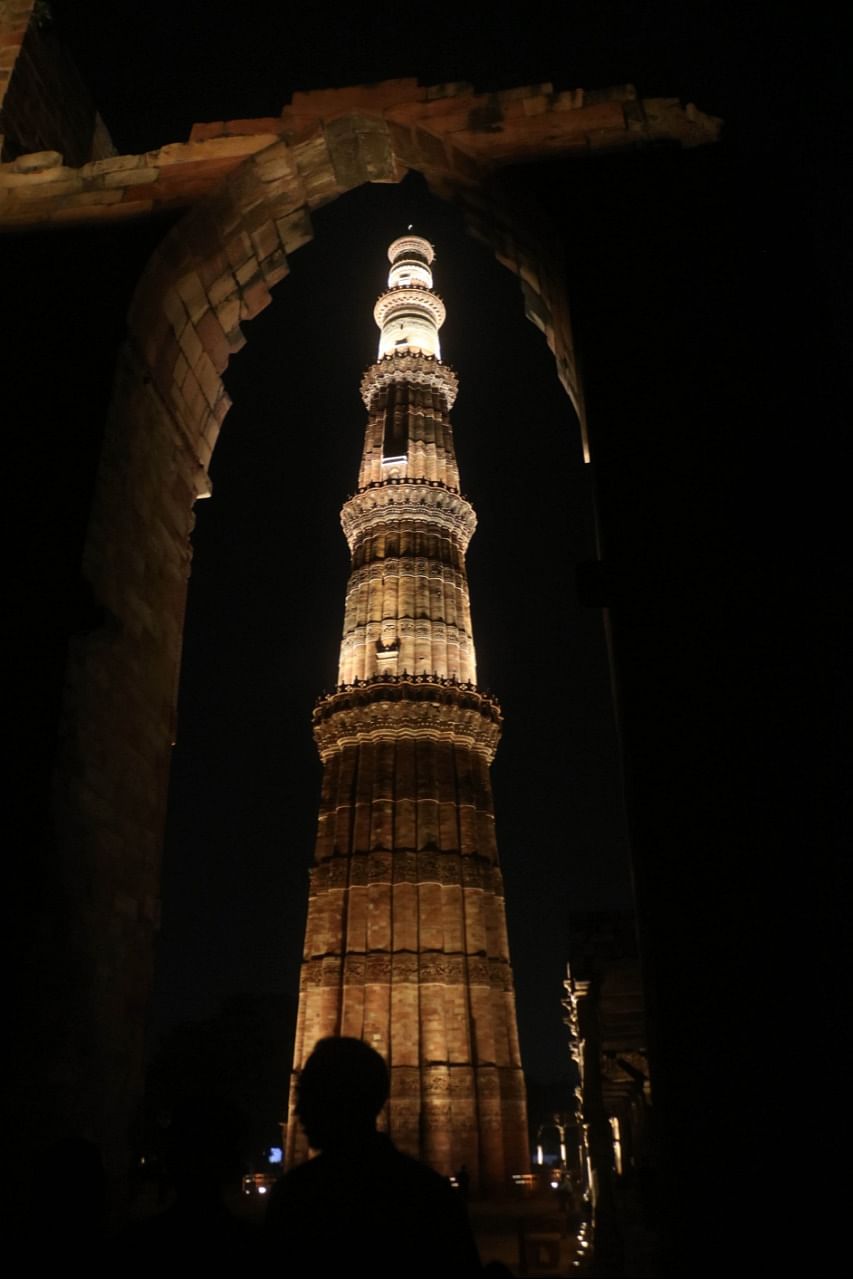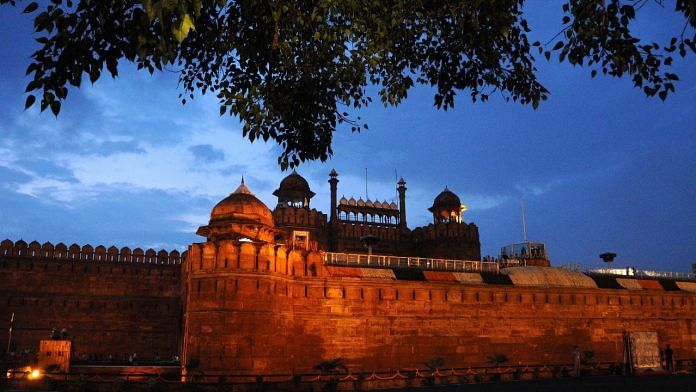New Delhi: ‘Adopt a Heritage’, a government initiative that invites private participation to preserve India’s historical monuments and make them more tourist-friendly, kicked up a row last year, as reports came out that the Dalmia Group had been engaged as a “monument mitra (friend of monument)” for Delhi’s Red Fort on a five-year contract.
Critics alleged that the Narendra Modi government was “selling” India’s heritage. But over a year down the line, the criticism has died down, and the scheme has widened its reach.
The Ministry of Tourism and the Ministry of Culture, which oversees the Archeological Survey of India (ASI), have signed 26 Memorandums of Understanding (MoUs) with corporations who will “manage” monuments by providing them with basic and advanced amenities. The scheme has seen over 600 registrations for participation over the last year.
Once approved, the mitras are expected to provide basic facilities like toilets, ramps for ease of access, signage, illumination, and Wi-Fi at each monument.
Advanced facilities include cafeterias, audio guides, souvenir shops, and sound and light shows. Revenue earned from these facilities is to be used by the mitras for the maintenance of the monuments, while ticket earnings go to the Consolidated Fund of India.
MoUs under the scheme settle on a five-year agreement, during which the mitras are expected to both install facilities as well as maintain them, all under the strict supervision of the ASI.
The scheme was officially launched 27 September 2017, but progress has been slow thus far, allegedly on account of different perspectives in the tourism ministry and the ASI over what the scheme should entail. There was also reportedly some resistance from the ASI, which saw the scheme as an attack on its monopoly over historical monuments.
Also read: Go to Hampi, says NYT. You’ll see a treasure ruined again, with peanuts for restoration
‘Things expected to move faster now’
The MoUs for Qutub Minar and Jantar Mantar were signed with Yatra and Apeejay Surrendra Group respectively a year ago, but physical work is yet to begin.
“The approval process takes a lot of time, which delays the whole implementation process,” said Priya Paul, chairperson of Apeejay Surrendra Park Hotels Limited. “We are still awaiting the final signed document, after which the work can commence. In the meantime, we have put a task force, and examined the work to be done.”
At the Red Fort, benches and bins have been installed, and toilets are being maintained by Dalmia Group staff. Sources familiar with the project, however, said the Dalmia Group faced resistance from the ASI, especially after last year’s controversy.
“The problem is that there is friction between the ASI and the Ministry of Tourism — the ASI is concerned with conservation, while the tourism ministry wants to increase footfall and make places more accessible to people,” one of the sources said.
“There was some resistance to letting corporates come in and do the work the ASI saw itself as responsible for.”

According to a senior official in the tourism ministry, securing permits as well as revisions on requirements had delayed the implementation of the scheme.
“The ASI was irked because it wanted to do everything by itself. It is the asset owner of some of the country’s most important monuments, and doesn’t want anyone to infringe upon that role,” the official said. “Initially, that’s what the adoption scheme seemed like.”
The ASI had launched a similar initiative — called the the Adarsh Smarak Scheme — in 2014, whereby it was to make 100 monuments more accessible and tourist-friendly. Some of these monuments overlap with the sites listed under the ‘Adopt a Heritage’ scheme, such as the Red Fort and Humayun’s Tomb.
“That was also a cause of confusion earlier, but now it’s clear that if the ASI has provided those facilities, their operation and maintenance will be carried out by the monument mitras,” said the ministry official. “The ASI will monitor and control what work the mitras can and cannot do… Things are expected to move faster now that the ASI is less resistant to the scheme.”
ThePrint approached the ASI for comment over the phone and email, but had not received a reply by the time of publishing. This report will be updated when a response is received.
Also Read: Clean water to free WiFi: What Yatra.com will provide after adopting Qutub Minar
Benchmarks of scheme yet to be decided
The benchmarks that the mitras will need to meet are still under negotiation, but an increase in footfall will be one of them, a second source in the tourism ministry said.

Three committees — one on vision and oversight, another to manage the monument, and a third for the scheme’s implementation — will conduct quarterly audits to ensure the scheme’s smooth running, the source added.
“In a way, the controversy over the Red Fort last year has made everyone more attentive, so both the ASI and Dalmia are stepping up and working cooperatively. We’ve seen an increase in footfall too,” said the ministry official.
Historian Rana Safvi, who was a critic of the scheme until last year, is now working with Resbird Technologies — another mitra — on audio guide content for the Red Fort.
“At the time, there was no clarity about what exactly the scheme entailed and what it didn’t. Now it’s clear the mitras’ role is limited to providing facilities to increase footfall and help tourism,” Safvi said.
“You need someone to do this kind of work. If the ASI cannot do it, then private players should, but all and any work should be strictly monitored by the ASI.”
Also Read: What it takes to be a ‘Monument Mitra’ and what the Dalmia Group can do with the Red Fort
This report has been updated to correct where the ticketing revenues are deposited under ‘Adopt a Heritage’





Dr Swamy is self boasting man, once he got a chance he over rule PM decisions, better to avoid him, listen his advice…